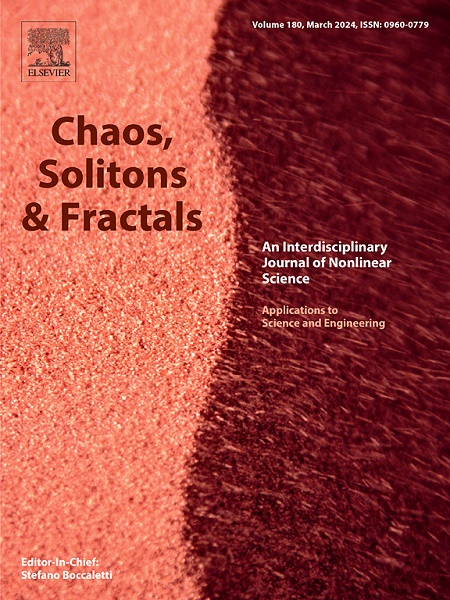Cross-coupling in hydrodynamic phase-field models for nonisothermal binary fluids
IF 5.6
1区 数学
Q1 MATHEMATICS, INTERDISCIPLINARY APPLICATIONS
引用次数: 0
Abstract
In this paper, we present a general thermodynamically consistent hydrodynamic phase-field model for nonisothermal binary viscous fluids. This model incorporates cross-coupling effects among phase, velocity and temperature, while adhering to the generalized Onsager principle and conservation laws. We systematically explore its validity across the model parameter space and provide guidelines for determining consistent, dissipative physical boundary conditions. This model preserves both fluid phase volumes and ensures positive entropy production under adiabatic and dissipative boundary conditions. We then specifically investigate the phase-temperature coupling in detail, elucidating roles played by additional reversible (nondissipative) and irreversible(dissipative) processes due to the cross-coupling. Leveraging the entropy quadratization strategy, we develop a theoretical framework for devising second-order, entropy-production-rate-preserving numerical schemes for the model. We validate the schemes through mesh refinement tests and demonstrate its efficacy using an adaptive time-stepping strategy. Four distinct phase-temperature coupling scenarios are examined to illustrate the model’s capacity to capture complex interfacial dynamics in the context of Rayleigh–Bénard convection in nonisothermal binary viscous fluids. The role of cross-coupling parameters in promoting or retarding heat convection and fluid mixing via either the entropy-enhancing or entropy-preserving cross-coupling is qualitatively identified. This work advances the field by providing a robust, physically consistent framework for modeling nonisothermal binary fluid systems, with potential applications in materials science, geophysics, and engineering.
非等温二元流体流体动力相场模型的交叉耦合
本文给出了非等温二元粘性流体的一般热动力学相场模型。该模型在遵循广义Onsager原理和守恒定律的基础上,考虑了相、速度和温度之间的交叉耦合效应。我们系统地探索了其在模型参数空间中的有效性,并为确定一致的耗散物理边界条件提供了指导方针。该模型既保留了流体相体积,又确保了在绝热和耗散边界条件下的正熵产生。然后,我们详细研究了相-温度耦合,阐明了由于交叉耦合而产生的额外可逆(非耗散)和不可逆(耗散)过程所起的作用。利用熵二次化策略,我们开发了一个理论框架,用于设计二阶,熵生产速率保持的模型数值格式。我们通过网格细化测试验证了这些方案,并使用自适应时间步进策略证明了其有效性。研究了四种不同的相-温度耦合情景,以说明该模型在非等温二元粘性流体中的瑞利-巴姆纳德对流背景下捕捉复杂界面动力学的能力。定性地确定了交叉耦合参数通过增强或保持熵的交叉耦合促进或阻碍热对流和流体混合的作用。这项工作为非等温二元流体系统的建模提供了一个强大的、物理上一致的框架,从而推动了该领域的发展,在材料科学、地球物理和工程领域具有潜在的应用前景。
本文章由计算机程序翻译,如有差异,请以英文原文为准。
求助全文
约1分钟内获得全文
求助全文
来源期刊

Chaos Solitons & Fractals
物理-数学跨学科应用
CiteScore
13.20
自引率
10.30%
发文量
1087
审稿时长
9 months
期刊介绍:
Chaos, Solitons & Fractals strives to establish itself as a premier journal in the interdisciplinary realm of Nonlinear Science, Non-equilibrium, and Complex Phenomena. It welcomes submissions covering a broad spectrum of topics within this field, including dynamics, non-equilibrium processes in physics, chemistry, and geophysics, complex matter and networks, mathematical models, computational biology, applications to quantum and mesoscopic phenomena, fluctuations and random processes, self-organization, and social phenomena.
 求助内容:
求助内容: 应助结果提醒方式:
应助结果提醒方式:


